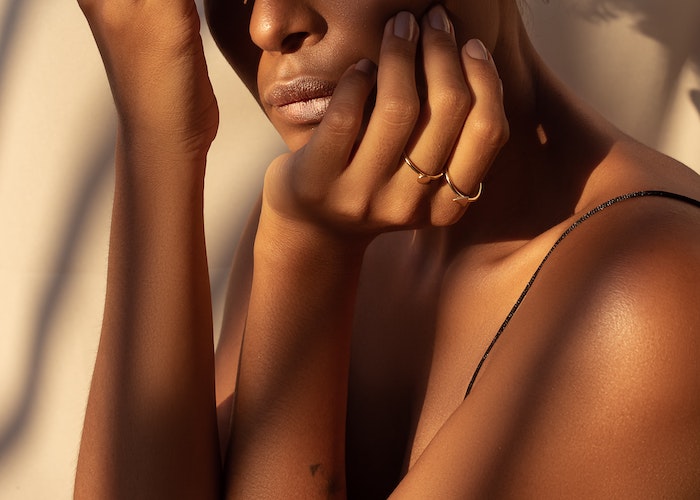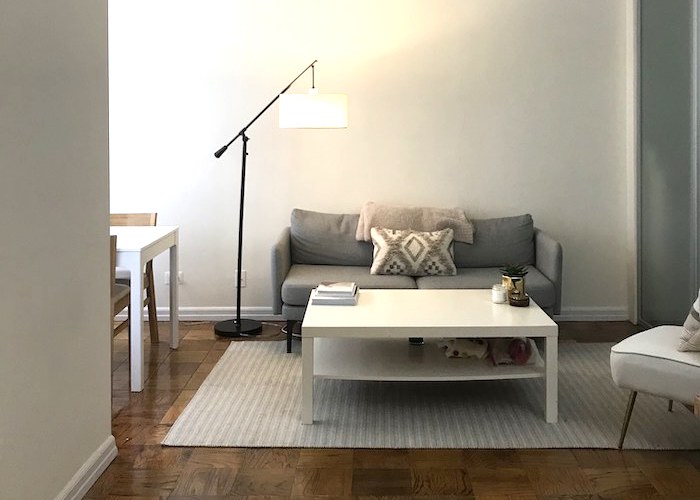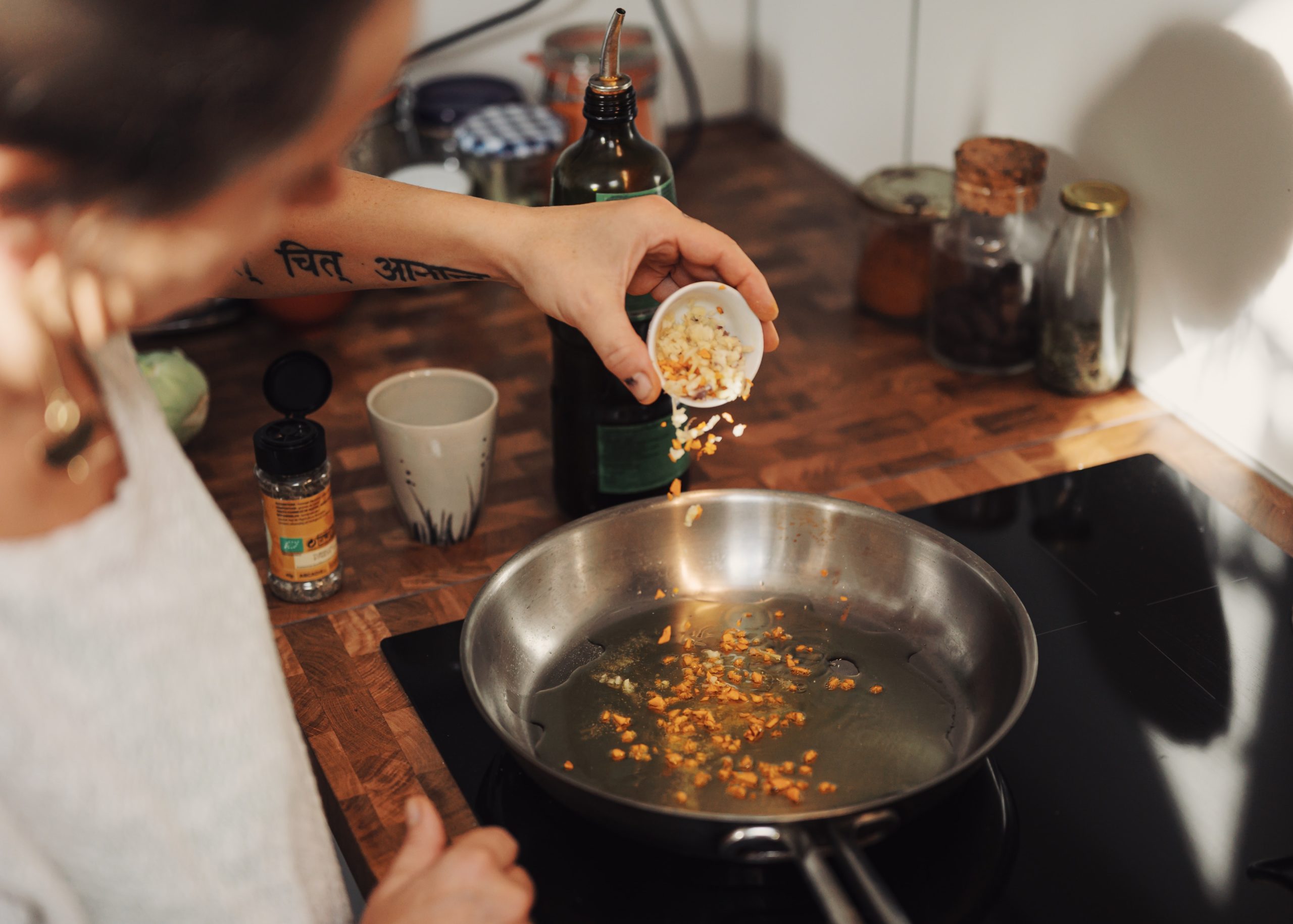3 Minimalist Routines That Help Me Live A Healthier Life

In order for us to feel good, treat others well, and contribute meaningful work, we have to handle ourselves with care. As I get older, this is something that I’m thinking about more and more, despite that I’ve never been into dieting, team sports, or intense exercise. Quite simply, my health had never been a priority. Until I got into debt. With the debt came crippling anxiety, and with the crippling anxiety came tooth grinding, sleepless nights, and obsessive-compulsive tendencies. While I’ve never been someone characterized as “chill,” I’ve always managed to work things out in my head. I couldn’t this time. Eventually, I started counseling and taking medication to battle the symptoms. Now, two years later, I’ve never been so healthy. I’m eating better, sleeping better, and exercising on a consistent basis. For me, the key is to make things as simple as possible. I want it to be intuitive, not forced. While I’m not a health professional (and you should definitely speak to one like I did), I’ll share what continues to work for me.
1. Food
I recently started intermittent fasting and, so far, the results have been wonderful. I spoke with my family doctor before I tried it and she confirmed that there is emerging scientific research that suggests it can help lower inflammation and blood pressure (consequently reducing your chance of heart disease). While there are many variations of intermittent fasting, I adhere to time-restrictive feeding. I set an 8-hour window each day where I’m able to eat whatever and whenever I want (although I obviously try to eat healthfully). For me, that’s from 12:00 p.m. to 8:00 p.m. Any time outside that window, a.k.a. 8:00 p.m. — 12:00 p.m., I refrain from eating, but I drink water, tea, and coffee. If I do make a cup of tea or coffee, I allow myself a splash of non-dairy milk — the general principle is that to remain in the fasted state, your consumption must be less than 50 calories.
I eat two meals each day (12:00 PM and 7:00 PM) and eat snacks whenever I want within that window. Lately, at least one of those meals involves a large salad consisting of romaine lettuce, carrots, tomatoes, chickpeas, quinoa, pan-fried beans (with lots of yummy spices), and half an avocado. My partner is vegan so, by proxy, I eat vegan 90% of the time. I don’t eat red meat or consume dairy, but I occasionally eat fish and chicken. As you’ll note, I no longer eat breakfast. It’s funny, for the longest time I thought breakfast was the most important meal of the day, until I realized that lobbyists ingrained that concept into us when they began advertising breakfast cereals in the 1940s. Now, I am of the view that we need to do our own research into what diet works well for our bodies and our lifestyle.
2. Exercise
During the two years when my anxiety was at its zenith, I joined a softball league. Once a week, I forced myself to run outside for a couple hours. Although I loved the camaraderie of the league, driving forty-five minutes each way after work grew unsustainable, especially after adopting a senior rescue dog. This year, I switched to a combination of three things: walking, running, and lifting weights at home. Aside from my one-time purchase of a dumbbell weight set, my workouts are free. I also can plan my exercise around my schedule, not the other way around. Here are the core elements of my exercise routine:
- 45-60-minute walk with my dog each day;
- 30-45-minute run outside 3x per week;
- 30 minutes of strength exercises at home 4x per week.
My goal isn’t to reach a certain physique. I simply want to feel healthy, both mentally and physically.
3. Sleep
During the weekday, I head to bed around 9:30 p.m., where I read and jot a few lines down in a daily journal, before falling asleep at 10:00 p.m. I wake up at 5:30 a.m. to write before heading to the office. On the weekends, I head to bed later (depending on what I’m doing) and tend to wake up between 8:00 — 9:00 a.m.
*****
And there you have the core elements of my health and fitness plan. In addition to the above, I take prescribed medication for anxiety and hypothyroidism, but taking medication that you genuinely need in addition to a healthy lifestyle goes without saying. The end result is that I feel more focused and energetic, as well as pay more attention to the food that I consume. I’m also less stressed when it comes to figuring out what to eat or when I should exercise because all of it works around my schedule. A minimalist guide to health involves creating a diet and exercise plan geared towards your lifestyle. Once we stop looking to others to see what we should look like, we can start to focus on improving how we feel. It’s not about the perfect body, but about a healthy lifestyle that’s sustainable in the long run. Personally, that requires making things as simple as possible.
Jennifer Chan is a lawyer and blogger. You can find her at jennifertchan.net where she focuses on connecting the dots between work, money, and happiness. She resides in Toronto, Canada with her girlfriend, full-figured rabbit, and a deaf & blind cockapoo.
Image via Unsplash




